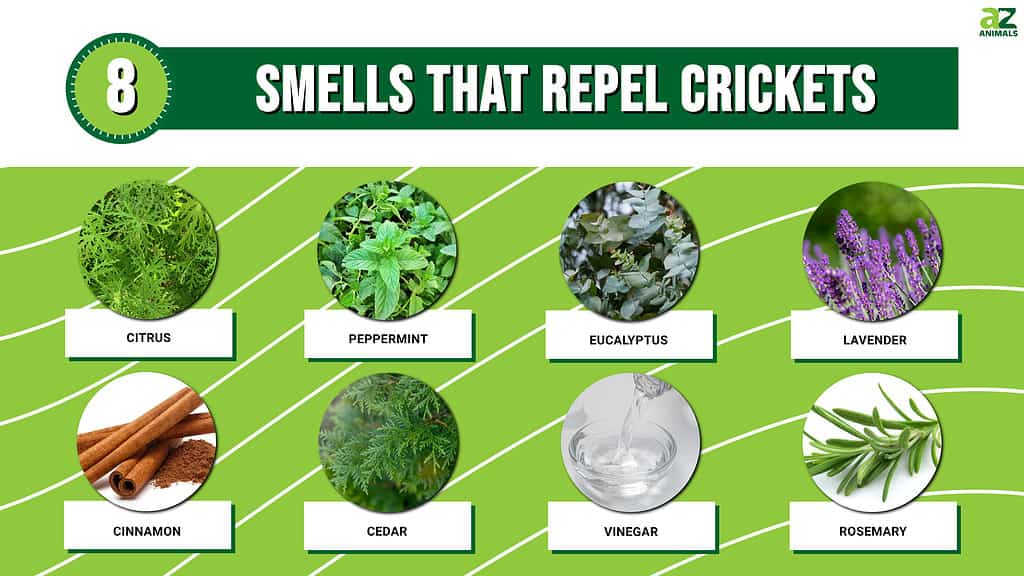
Crickets can be a nuisance when they invade your homes or gardens. Understanding their aversion to these scents can help you incorporate them into your surroundings, deterring crickets and keeping them at bay. To effectively repel crickets and maintain a pest-free environment, harnessing the power of specific smells that crickets hate can be an invaluable strategy. In this article, we will explore nine smells that repel crickets.
Citrus
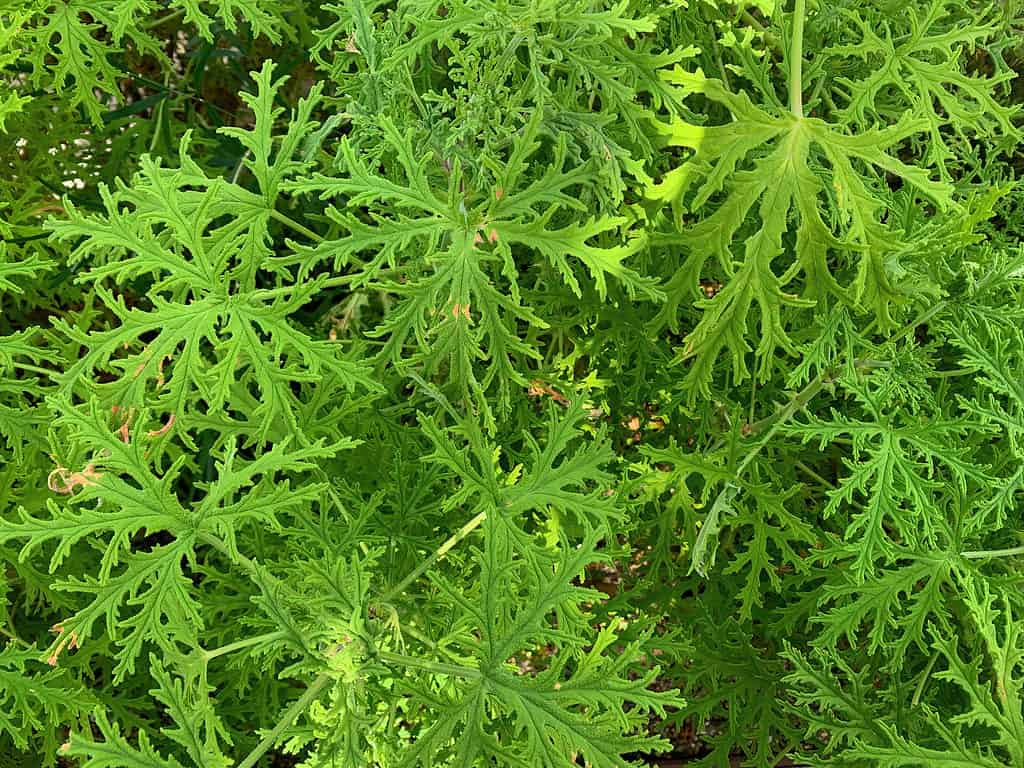
Citronella can act as a repellent for crickets.
©iStock.com/PotatoeHead
Citrus scents repel crickets strongly. This aversion is likely due to the natural compounds found in citrus, such as limonene and citronellal. These compounds act as natural insecticides, disrupting the sensory receptors of crickets and making the environment unfavorable for their presence. The sharp, acidic aroma of citrus fruits, such as lemons, limes, and oranges, is particularly effective in repelling these insects.
Peppermint
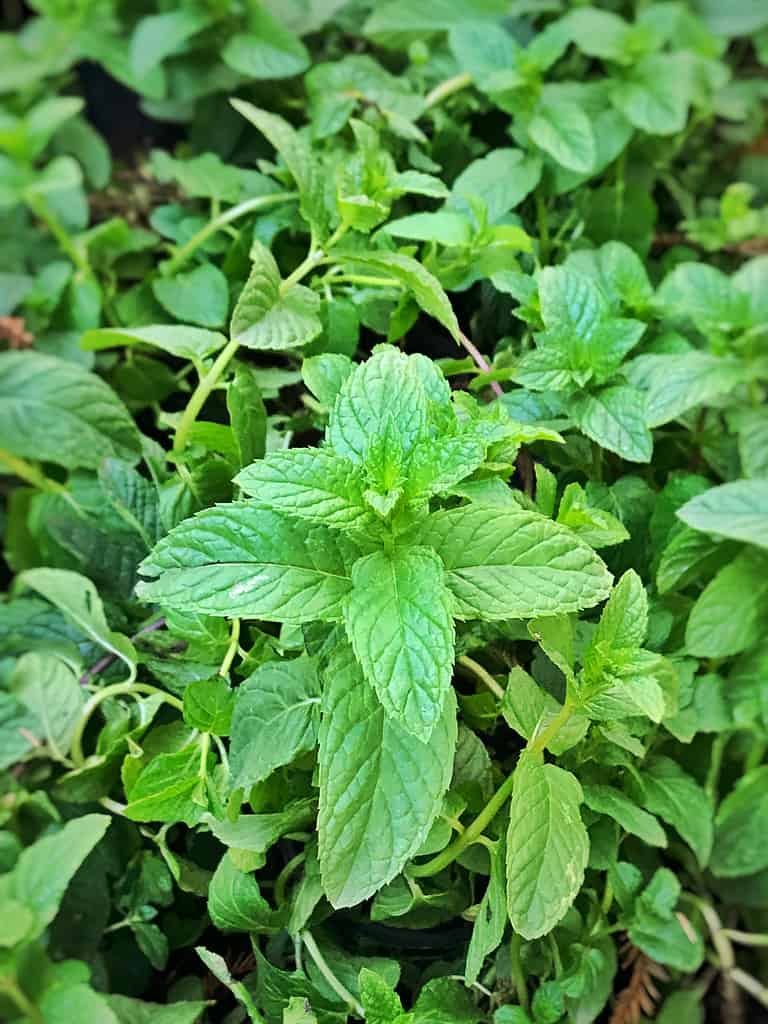
Crickets find peppermint to be intensely overwhelming because of the menthol compound.
©KhaledYousry22/Shutterstock.com
Crickets highly dislike the refreshing scent of peppermint. Crickets find the intense aroma overwhelming, which leads them to avoid areas where the scent of peppermint is prevalent. The exact mechanism by which peppermint affects crickets is not fully understood. The presence of menthol, a compound found in peppermint, contributes to its strong repelling effect. Still, its potent fragrance disrupts their sensory perception, deterring them from venturing further into spaces where this scent is present.
Eucalyptus
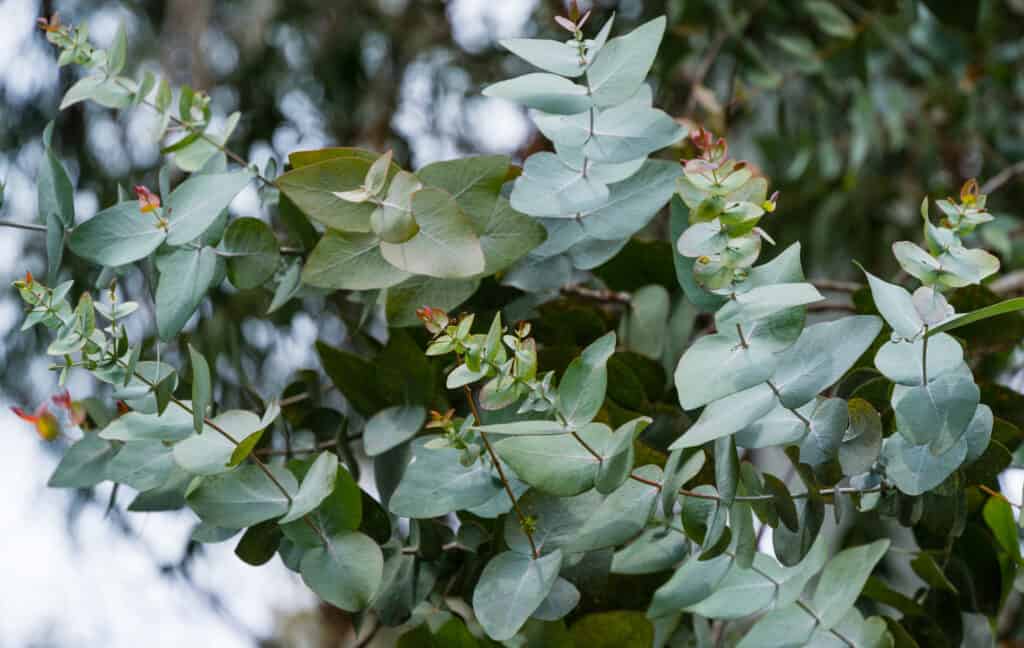
The smell of eucalyptus can disrupt a cricket’s nervous system.
©iStock.com/Marina Denisenko
Crickets strongly dislike the medicinal fragrance of eucalyptus. Eucalyptus oil, derived from the leaves of eucalyptus trees, contains a compound called eucalyptol. This compound is a natural insecticide with repellent properties against various insects, including crickets. The distinctive smell of eucalyptus disrupts the nervous system of crickets, making it difficult for them to navigate or find suitable breeding grounds. As a result, crickets tend to avoid areas permeated with the strong scent of eucalyptus.
Lavender
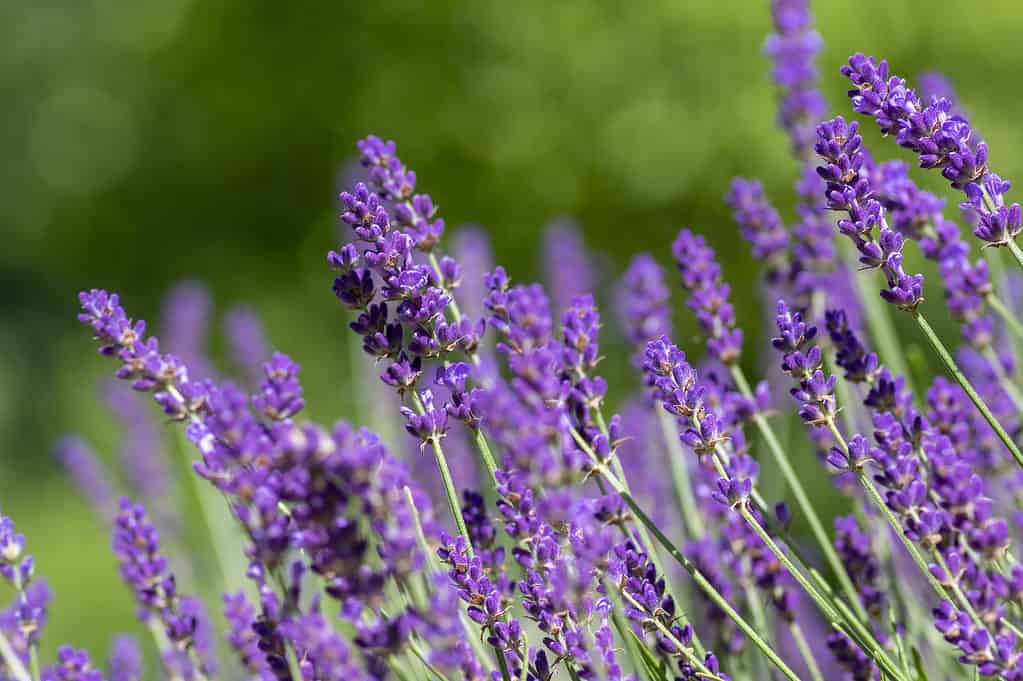
While humans find lavender relaxing, crickets find it repulsive.
©iStock.com/Iva Vagnerova
Crickets detest the pleasant and calming scent of lavender. The compounds in lavender, such as linalool and camphor, contribute to its insect-repelling properties. They typically steer clear of locations where the fragrance of lavender persists. The specific mechanisms by which lavender affects crickets are not fully understood. Still, it may be that the potent fragrance disrupts their sensory receptors, making the environment less hospitable for these insects.
Cinnamon
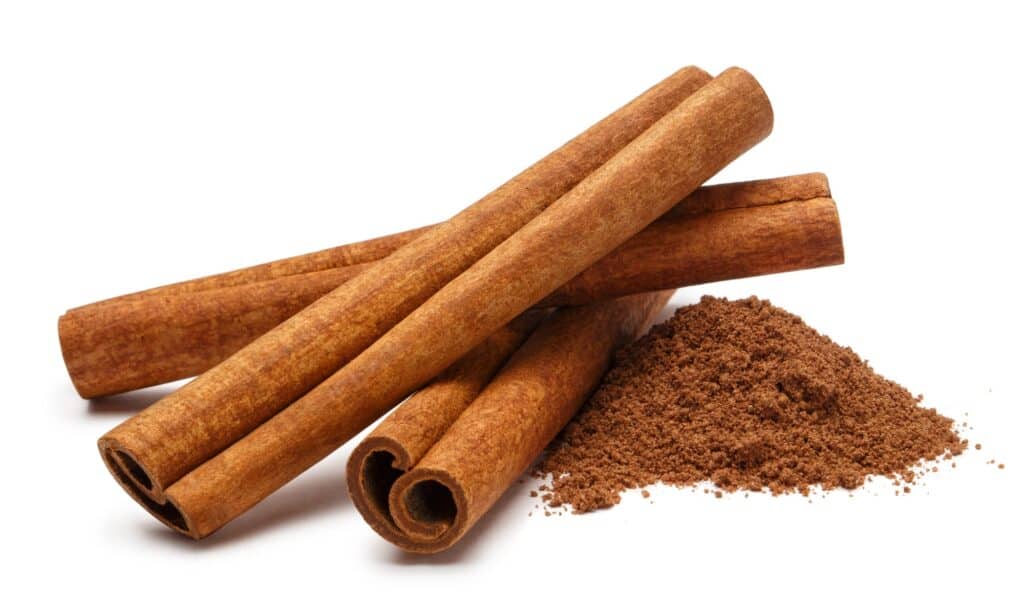
The spicy and warm smell of cinnamon can repel crickets and may disrupt their feeding patterns.
©iStock.com/Marat Musabirov
Crickets have a strong aversion to the warm and spicy fragrance of cinnamon. The exact reason behind this dislike is not well-documented, but many believe that crickets find the smell of cinnamon overwhelming and unpleasant. The potent aroma of cinnamon disrupts their feeding and breeding patterns, acting as a deterrent and discouraging them from venturing into areas where the scent is present.
Cedar

Placing cedar chips around your property can help deter crickets from hanging around.
©iStock.com/Andrey Rykov
The scent of cedar strongly repels crickets. It also hinders their ability to navigate or locate appropriate breeding sites. Cedarwood essential oil or cedar chips can be a natural deterrent against crickets. In places where crickets may seek shelter, like basements, closets, or outdoor sheds, putting cedar chips can help ward them off.
Vinegar

White vinegar is strong and unappealing to crickets.
©iStock.com/Michelle Lee Photography
Vinegar, mainly white vinegar, has a strong smell that crickets find unpleasant. You can use it as a natural cricket repellent when applied to surfaces or areas where crickets are present. The smell of vinegar is a deterrent, making the environment unappealing to crickets.
Rosemary
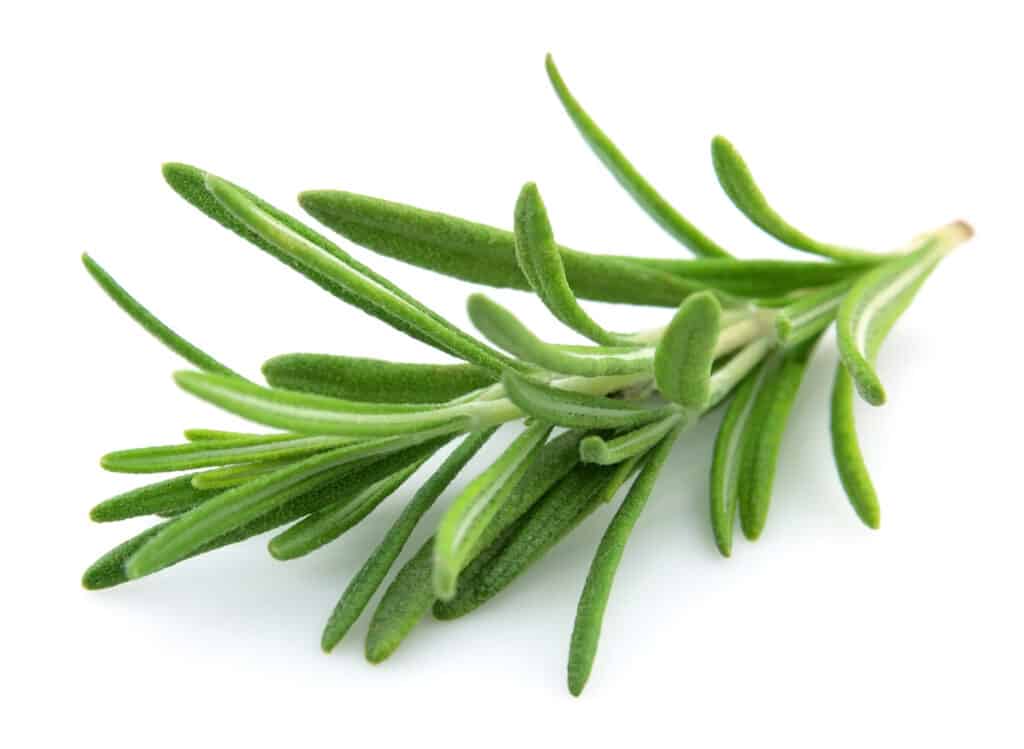
Rosemary is a natural deterrent with a strong aroma.
©iStock.com/Volosina
The aromatic herb rosemary adds flavor to your culinary dishes and can also help repel crickets. Crickets find the strong scent of rosemary overpowering and tend to avoid areas where it is present. Plant rosemary in your garden or place potted plants near windows or doorways to discourage crickets from entering your home. The potent aroma of rosemary acts as a natural deterrent and makes the environment less attractive to crickets.
Using the Smells to Repel Crickets on Your Property
To effectively utilize the smells that crickets hate and repel them from your property, follow these steps.
Identify Problem Areas
First, identify where crickets are commonly found or where they enter your property. Look for signs of cricket activity, such as droppings, damage to plants or fabrics, or their characteristic chirping sounds.
Choose the Appropriate Smell
Select one or a combination of the above smells. Consider the availability of these scents and choose the ones that best suit your preferences and needs.
Prepare the Repellent
Depending on the chosen smell, there are different ways to prepare and apply the repellent.
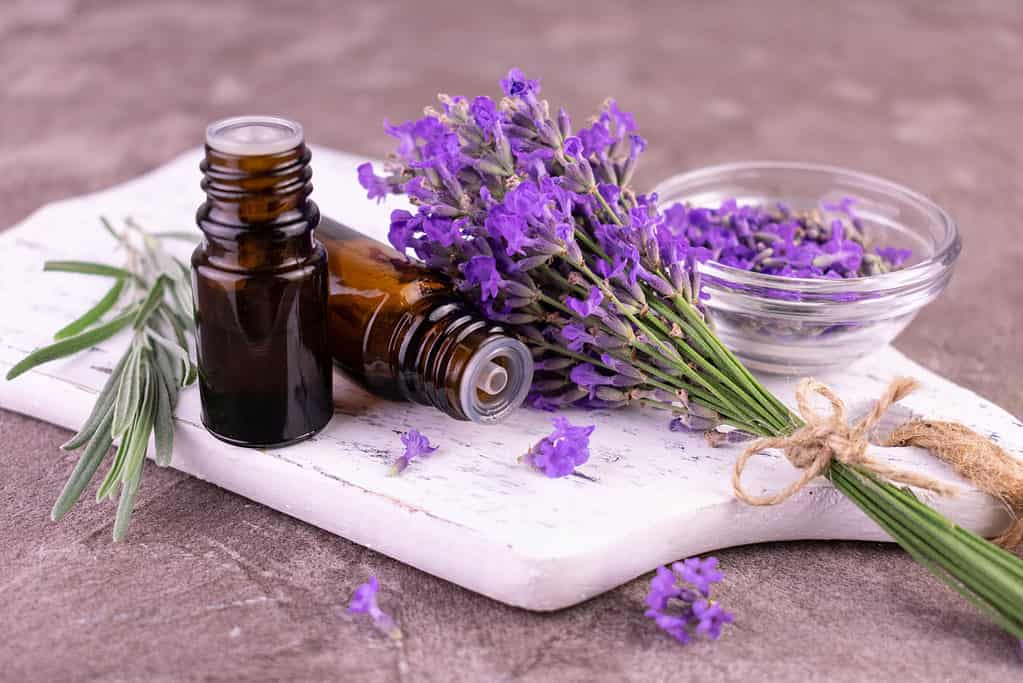
Preparing lavender oil or sprinkling lavender around your yard is a great way to repel crickets.
©iStock.com/Olivka888
Essential Oil Spray
Dilute a few drops of the essential oil with water in a spray bottle. Shake well before each use. Adjust the concentration based on your preference. For instance, blend 5-10 drips of the aromatic essence with 1 cup of water for citrus, peppermint, eucalyptus, or lavender.
Sachets or Bags
You can fill small sachets or breathable bags with dried lavender flowers or cedar chips for fragrances like lavender or cedar. Place these sachets where crickets are likely to hide, such as closets, drawers, or near entry points.
Sprinkling
For cinnamon, you can sprinkle cinnamon powder near windows, doorways, or cracks where crickets may enter your home.
Apply the Repellent
Apply the prepared repellent in the following ways.
Spray
where crickets tend to gather. Reapply the spray every few days or after rain.
Placement
Place the sachets or bags filled with dried lavender flowers or cedar chips in closets, drawers, or cupboards to deter crickets from nesting in these areas. Replace them periodically or add a few drops of essential oil to refresh the scent.
Sprinkling
Sprinkle cinnamon powder near potential entry points, windows, doorways, or cracks to create a barrier that crickets are less likely to cross.
Monitor and Reapply
Regularly monitor the treated areas for cricket activity. If you notice crickets returning or signs of their presence, reapply the repellents or try different scents to find the most effective combination.
What Else Do Crickets Hate Besides Smells?
In addition to certain smells, there are other factors that crickets dislike and can be utilized to repel them. Here are a few additional methods to deter crickets.
Light
Crickets are nocturnal insects and are attracted to bright lights. However, they can also be repelled by intense light sources. Consider installing motion-activated lights or using bright LED bulbs to create an environment that crickets find less appealing. Keeping outdoor areas well-lit during the evening can discourage crickets from congregating around your property.
Temperature and Humidity
Crickets prefer warm and humid environments. Crickets are less likely to thrive in cool, dry conditions, so maintaining lower humidity levels and using dehumidifiers can help discourage their presence. Ensuring your home or outdoor spaces are well-ventilated and properly insulated can make them less attractive to crickets.
Eliminating Hiding Places
Crickets seek out dark and secluded areas to hide during the day. You can limit their hiding spots by reducing clutter, sealing cracks and crevices, and keeping your surroundings tidy. Pay attention to areas such as basements, attics, garages, and storage spaces, as these are common hiding places for crickets.
Natural Predators
Introducing natural predators of crickets can be an effective way to control their population. Animals such as birds, spiders, frogs, and lizards are natural predators that feed on crickets. Encouraging their presence in outdoor spaces can help keep cricket populations in check.
Physical Barriers
Creating physical barriers can prevent crickets from entering your home or garden. Seal any gaps or cracks in windows, doors, and foundations to limit their entry points. Using screens on windows and doors can also help keep crickets out while allowing fresh air to circulate.
Cleaning
Maintaining cleanliness indoors and outdoors is crucial in deterring crickets. Crickets are attracted to food crumbs, spilled liquids, and decaying organic matter. Regularly sweep, mop, and vacuum to remove any potential food sources for crickets. Outdoors, ensure that trash bins are tightly sealed, and remove any debris or leaf litter that may serve as cricket habitats.
Sound
While crickets are known for chirping, certain high-frequency sounds can disrupt their communication and mating patterns. Ultrasonic devices or apps that emit high-frequency sounds can be used to repel crickets. However, the effectiveness of these methods may vary, and it’s essential to choose safe products for humans and pets.
By combining these methods with the use of smells that crickets dislike, you can create a multi-faceted approach to repelling crickets and maintaining a cricket-free environment.
Summary of 8 Smells That Crickets Hate
Here are 8 Smells That Crickets Hate:
| Rank | Smells |
|---|---|
| 1 | Citrus |
| 2 | Peppermint |
| 3 | Eucalyptus |
| 4 | Lavender |
| 5 | Cinnamon |
| 6 | Cedar |
| 7 | Vinegar |
| 8 | Rosemary |
Conclusion
The aversion of crickets towards citrus, peppermint, eucalyptus, lavender, cinnamon, cedar, vinegar, and rosemary scents provides natural and pleasant alternatives to chemical-based insect repellents. Incorporating these eight smells that crickets hate into your surroundings can effectively repel these pests and create a cricket-free environment. By recognizing the distinct scents that crickets despise, you can make informed determinations to deter these creatures and appreciate a home or garden free of crickets.
The photo featured at the top of this post is © iStock.com/Florian DENIS
Thank you for reading! Have some feedback for us? Contact the AZ Animals editorial team.






